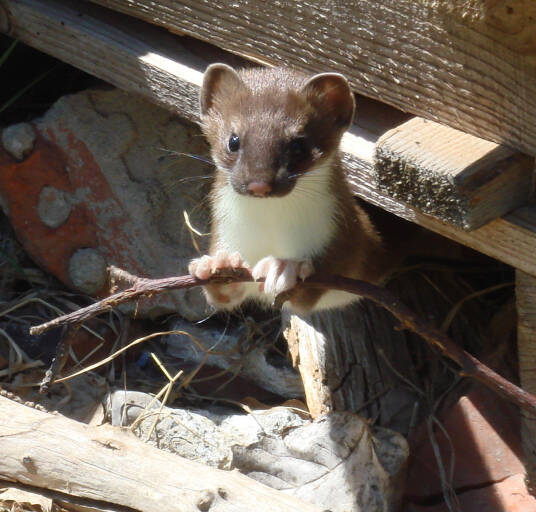Mustela tonkinensis
IUCN
LCBasic Information
Scientific classification
- name:Mustela tonkinensis
- Scientific Name:Mustela tonkinensis,Tonkin Weasel
- Outline:Carnivora
- Family:mustelida mustelae genus
Vital signs
- length:14-21cm
- Weight:50-130g
- lifetime:No verification information
Feature
The fur is soft and usually has no markings, and the tail is usually long, thin and pointed.
Distribution and Habitat
Distributed in northern and southern Vietnam.
Appearance
The Vietnamese weasel has a body length of 14-21 cm, a tail length of 3-7 cm, and a weight of 50-130 grams. The body is small. The body is slender. The ears are small. The coat is short and dense. The limbs are short and plantar, the soles of the feet are covered with short hairs, and the toes and palm pads are hidden in the hairs. Both the front and rear limbs have five toes, and the claws are slightly curved, slender, and very sharp. There are several long white hairs extending outward on the wrists of the forelimbs. The tip of the penis bone of male animals is curved in a hook shape. There are 2 pairs of nipples under the armpits of female animals, and 3 pairs of nipples on the mole. The tail is extremely short, about 1/5 of the body length.
The body is slender and the limbs are short. The head is long and narrow, the ears are generally short and round, and the sense of smell and hearing are sensitive. The canine teeth are more developed and the cleft teeth are smaller; the upper
Details
Vietnamese weasel (scientific name: Mustela tonkinensis) is called Tonkin Weasel in foreign language and is only distributed in Vietnam.

Vietnamese weasel mainly forages during the day and moves quickly and agilely. Its vision, hearing and sense of smell are very sensitive. It feeds on small rodents, and also eats small birds, frogs and insects.
Listed in the 2016 IUCN Red List of Threatened Species ver 3.1 - Data Deficient (DD).
Protect wild animals and eliminate game.
Maintaining ecological balance is everyone's responsibility!








